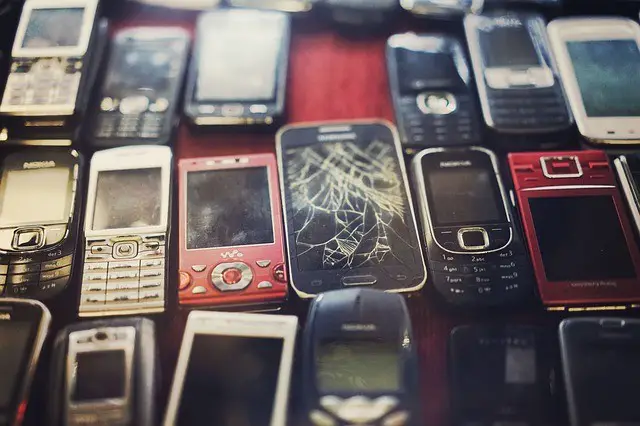Background :-
- Discarded electrical or electronic devices are called as ‘e-waste (Electronic waste)’.
- E-waste is also called as e-scrap, or Waste Electrical and Electronic Equipment (WEEE).
- The electronic industry is the world’s largest and fastest growing manufacturing industry and so does e-waste.
- The fraction of iron, aluminium, gold, copper in e-waste is over 60%, plastic is about 30%, hazardous substances is about 2.70%, and remaining is wastage.
Causes :-
- The rapid growth of users of computers and other technology devices.
- Disposal of technology devices is not an easy task, as they contain hazardous materials.
- Average life span of electronic devices is decreasing as people are updating their houses with new electronic devices always.
- Transferring e-waste from developed countries to developing countries in the name of donations.
- Less life time of electronic goods.
- Nobody is interested to reuse and repair the electronic goods as there are new products available in attractive prices.
Effects :-
- Resources are wasted as valuable materials in e-waste are being dumped in normal wastage.
- Toxic materials in e-waste cause severe health risk.
- Environmental damage.
- Land filling of e-wastes can lead to the launching of lead into the ground water.
- When CRT (cathode ray tube) is burned, it emits toxic fumes into the air.
- The cadmium from one mobile battery can pollute 600 m3 of water.
- Informal recyclers are attracting the poor people in the name of employment and making them disassemble the components with bare hands and without any precautions, which is highly dangerous for their health.
Solutions :-
- Manufacturer must take the responsibility for the product after the completion of it’s life time to disassemble and reuse or recycle the components.
- Customers must buy products from the manufacturers who take back their product or who offer discount on new products by taking old products.
- Manufacturers must try to design the eco-friendly products as lead-free, halogen-free and recycled plastics.
- Life time of products must be increased.
- Government must take action on informal recyclers.
- Collection centers of expired electronic and electrical goods must be there. So that e-waste will not be mixed and burned along with normal wastage.
- Public awareness programs must be conducted because the role consumers is very high in this issue.
- Government must collect the total data of e-waste including of legal and illegal imports from developing countries. So-that private sector will come forward to invest in the e-waste projects if they know the approx data and if they are sure of returns.
Conclusion :-
Government, manufacturers of electronic and electrical goods and public together must take responsibility to develop a good and healthy world.
Image by andreahuyoff from Pixabay
Your Turn :-
What are your thoughts on this topic? Feel free to express your opinion in the comment section below. And subscribe to our blog to get latest topics delivered to your mail.
Copyright @ Group Discussion Ideas.






